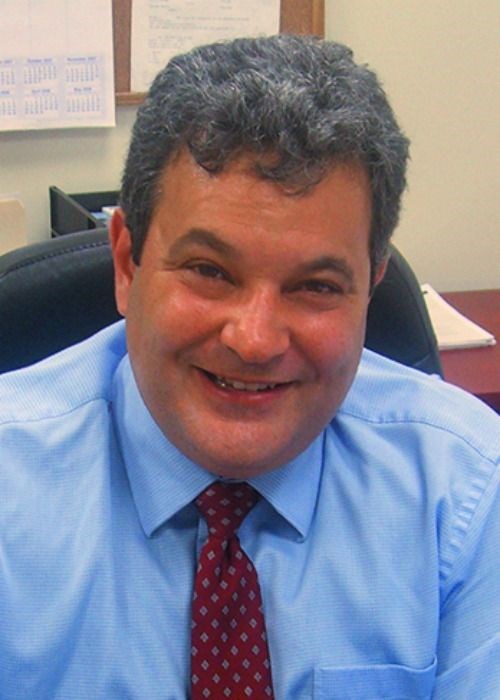The Everyday Mold Experience
Maintenance and repair are critical to meeting manufacturing goals.
A tooling division manager once said, “Mold maintenance and repair are part of our everyday experience, and they are likely the two primary factors that can help reduce mold downtime.”
Most, if not all, of our readers would likely agree with that statement, simply because it is critical that the molds they build help their customers realize manufacturing goals. The primary goal of every toolroom is to keep or get a mold back in the press doing what it was designed to do. Establishing a proactive mold maintenance plan and continuing to train personnel on repair techniques is essential to accomplishing that goal.
A mold will run well and for a long time if it is set up, maintained and stored correctly. When problems such as small leaks, wide parting lines and mold surface damage do arise, getting them fixed immediately will avoid the need for bigger repairs.
In many molds, a key component for reducing material usage and increasing cycle times
is a hot runner system, and maintaining it is critical for keeping that mold running. On page 4 we review 13 checkpoints for minimizing problems and maximizing efficiency in
hot runner operation. Proper mold cleaning is also essential, and one method is reviewed on page 8.
Challenges come in many forms with mold repair, from replacing ejector pins to remaking damaged core pins to troubleshooting electrical problems to re-qualifying damaged cavities to the unavoidable mold crash. Welding is one of the few longer-term, cost-effective repair solutions, and to avoid delays, some shops such as the ones featured in the story on page 12 keep welding capabilities in-house.
Moldmakers should also consider monitoring their molds. One way that can be done is with an electronic device that fits into the tool to track activity beyond mold cycles completed. The article on page 16 explains how mold monitoring can help identify underperforming tools and determine when to build new ones.
We’ve heard it said that the function of a toolroom isn’t to build molds, it’s to keep a substan
tial number of active molds capable and available to run. The purpose of this annual supplement is to present strategies, processes and technologies to help moldmakers do just that. We hope you continue to find it a useful tool.
Related Content
-
MMT Chats: Eliminating the Noise to Stay Focused on the Customer
Metro Mold & Design joins me to discuss the value of the 80/20 rule as a business strategy, its talented cross-functional team, the role of automation in mold building and molding, and the continuing impact of COVID-19.
-
Confronting the Mold Design Talent Drought
Recently, I reposted on LinkedIn the results of an informal survey we conducted, which revealed a shortage of skilled mold designers. It quickly gained a lot of traction. Given the response, I thought I'd summarize the feedback and keep the conversation going.
-
Dynamic Tool Corporation – Creating the Team to Move Moldmaking Into the Future
For 40+ years, Dynamic Tool Corp. has offered precision tooling, emphasizing education, mentoring and innovation. The company is committed to excellence, integrity, safety and customer service, as well as inspiring growth and quality in manufacturing.













